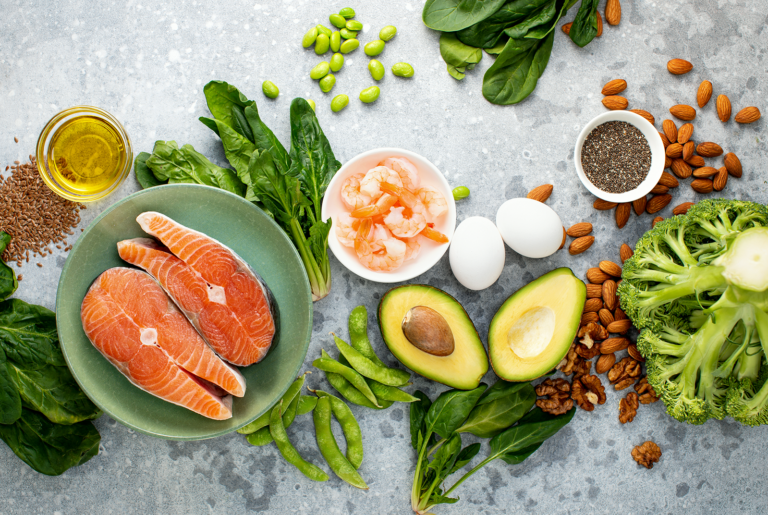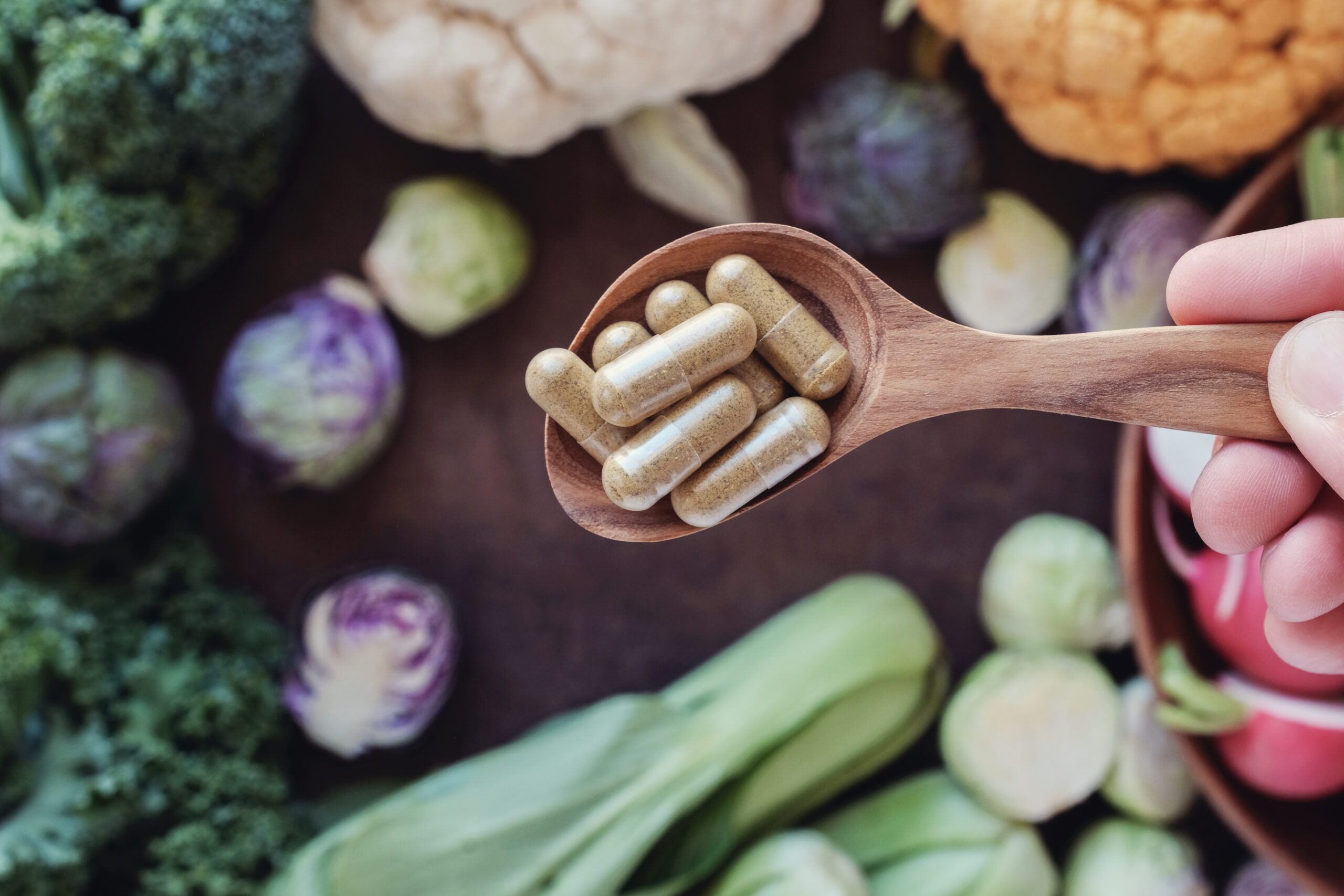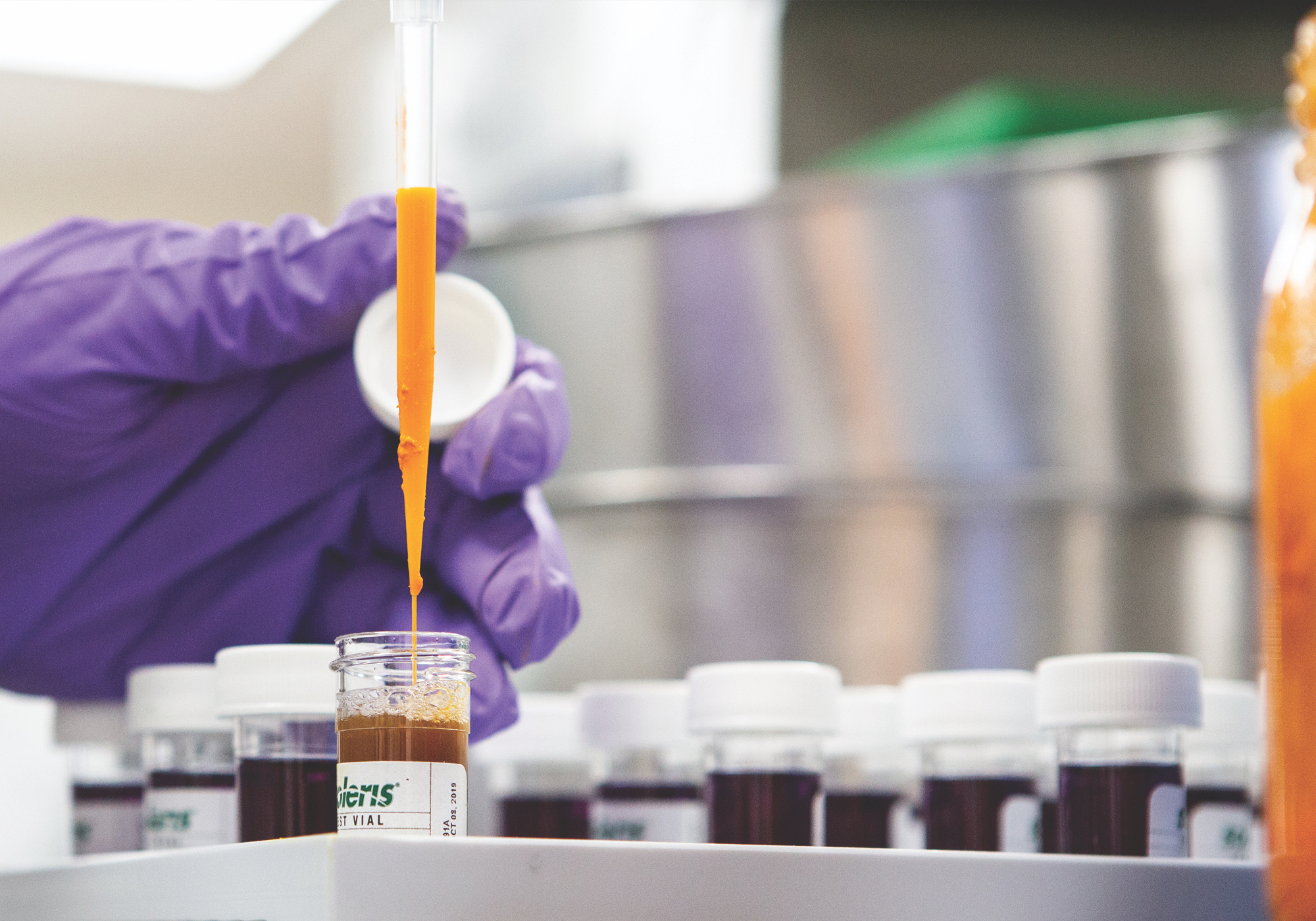Scientific name:Salvia officinalis
Constituents:
- Volatile oils (alpha & beta thujone, camphor, 1,8-cineole, b-caryophyllene & limonene, borneol)
- Flavonoids (Phytoestrogens)
- Phenolic acids: rosmarinic, carnosic, ursolic, luteolin, salvin & salvigenin
- Tannins
- Bitter resin (picrosalvin & carnosol)
- Fixed oil
Medicinal actions:
- Anti-cancer
- Antioxidant
- Antimicrobial
- Carminative & Antispasmodic
- Diuretic
- Emmenagogue
- Hypolipidemic
- Immune stimulant
- Nervine Tonic
- Reproductive Tonic
- Vulnerary
Mechanism of Action & Pharmacology:
- Flavones and flavonoids are phytoestrogenic and have estrogen-modulating effects.
- Volatile oils (thujone, camphor, cineole and borneol) & flavonoids are primarily responsible for antimicrobial & antispasmodic effects.
- Phenolic glycosides have antioxidant properties. Ursolic acid inhibits angiogenesis and invasion of tumor cells and metastasis.
- Phenolic acids (rosmarinic & carnosic) are powerful anti-inflammatories & antioxidants with the ability to act as food preservatives.
- Tannins are mainly responsible for astringent effects.
Pharmacy:
- Infusion
- Capsules
- Tincture
- As a gargle or mouthwash and as food in culinary amounts
- Essential oil: Aromatherapy
Safety & Toxicity Concerns:
- In very high doses can cause convulsions.
- Avoid internal use of essential oil, long-term use (especially of tincture extract) due to thujone content, and in pregnancy and lactation (may stimulate uterine contractions & reduce breast milk production).
Interactions:
- None known.







